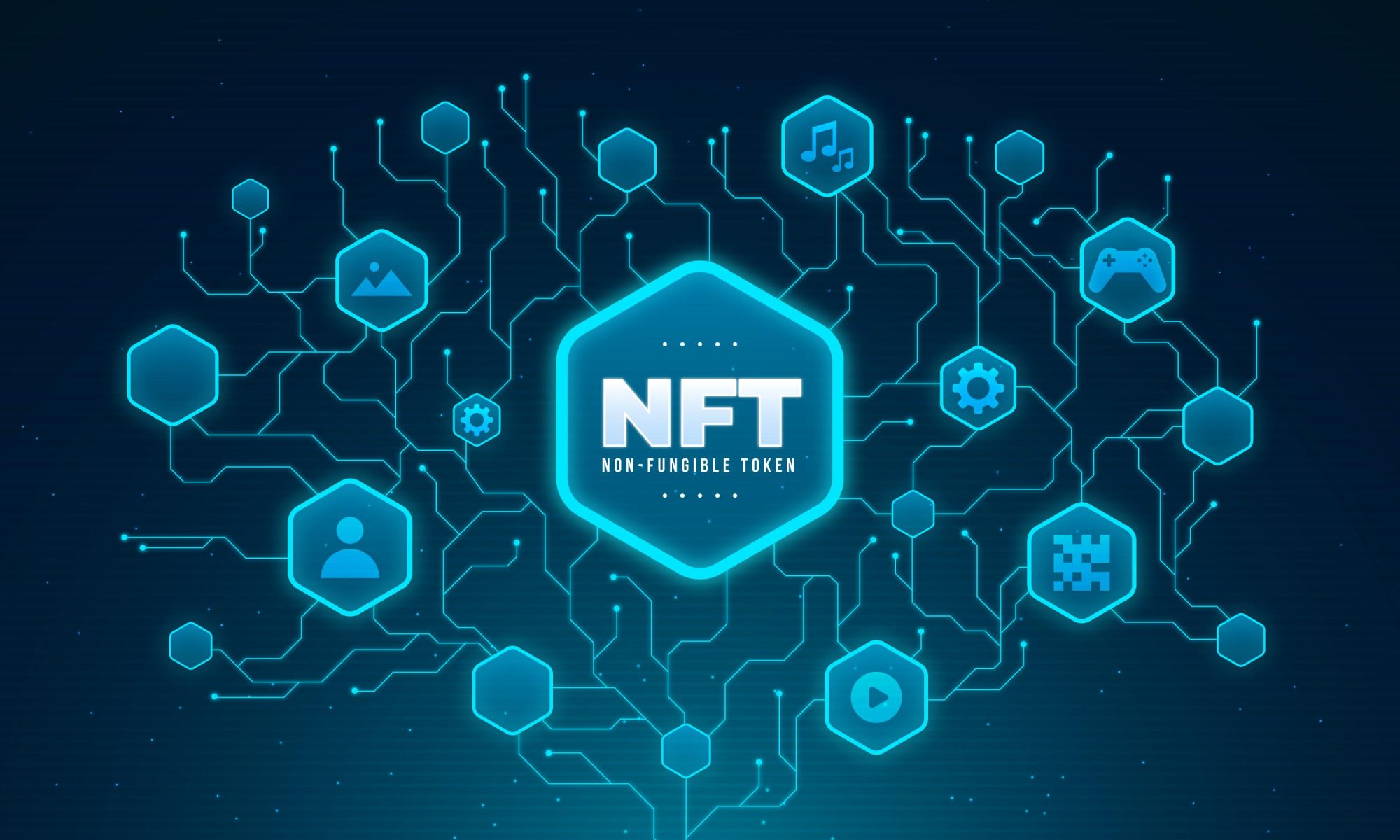As blockchain continues to gain traction in the IT industry, we need to separate the facts from the myths. In this article, we’ll debunk some of the common myths about blockchain technology and explore how it can be used to benefit businesses.
Myth #1: Blockchain is only for cryptocurrency.
The most widespread misconception about blockchain is that it is only used for cryptocurrency, such as Bitcoin. While blockchain technology is the foundation of cryptocurrencies, it has many other uses. Companies in many industries, such as finance, logistics, and healthcare, are leveraging the power of blockchain and using it to revolutionize the way they do business.
Myth #2: Blockchain is not secure.
While it is true that blockchain technology is relatively new and is still being improved, it is one of the most secure technologies available. Blockchain uses complex cryptography to create an immutable and distributed ledger, which makes it almost impossible for hackers to tamper with or change the data stored on the blockchain.
Myth #3: Blockchain is Complex and Difficult to Understand.
While blockchain technology is certainly complex, it is not as difficult to understand as many people think. There are some great resources available online that can help you get up to speed quickly and understand the basics of blockchain technology.
Overall, blockchain technology is a powerful tool that can provide a range of benefits in many different industries. Contrary to the many myths and misconceptions surrounding it, blockchain technology is not a panacea, having its own set of challenges, but it has the potential to revolutionize the way data is stored and managed.



